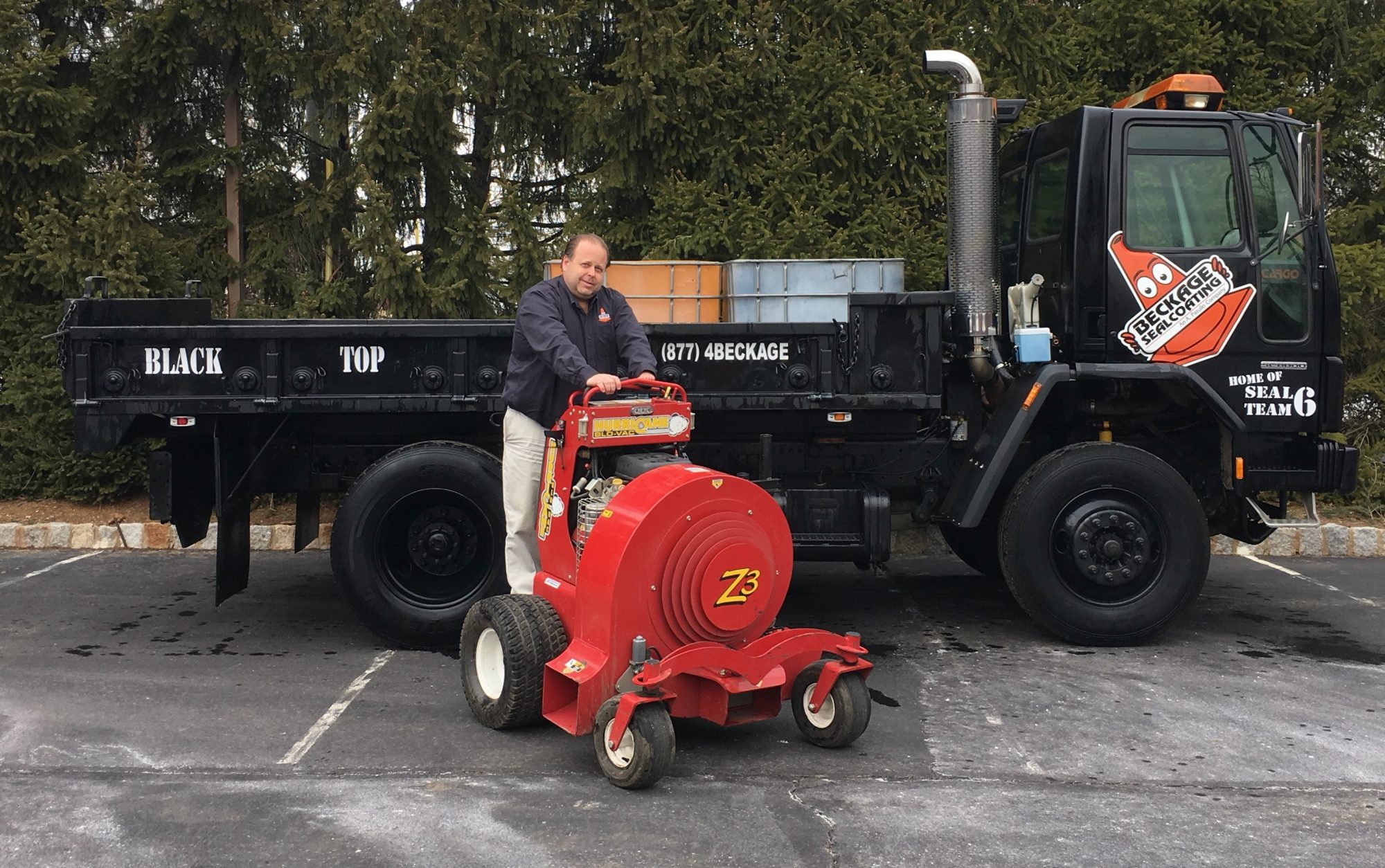
In today’s funding arena, cities and local governments watch the bottom line just as carefully as you do. When agencies or property managers let a bid for a thin overlay or basic patching job, they want it done right the first time, but they may not be aware of how much additional pressure these small batches put on your crew. That’s not their problem, is it? It’s yours.
Make sure your crew is watching all the details when you’re on pavement repair jobs so mistakes don’t creep into the project.
- Clean surfaces very well before performing work. A dirty surface won’t let tack or mix adhere properly.
- Tack edges, joints and surfaces properly. Too much of a good thing here is just as disastrous as dribbling material sparingly.
- Watch mix temperature. While there are teams that use cold patch for some reason, your team is probably using HMA out of a truck or hot box. Use a temperature gun to monitor what you’re placing. If it’s losing heat, it’s time to reblend or send it back. That sounds expensive, right? It’s also expensive to get called back to a job mid-summer to replace your failed work for free.
- Compact only until it’s done. If you over-compact, you’ll break the aggregate, which leaves uncoated rock faces in the mat, among other problems.
I don’t intend for this to sound harsh; I intend for it to be a quick-n-easy list of basics for the new pavement repair crew. You’ve got to adhere to best practices any day of the week, but best practices are doubly important when working with a thin lift or a small amount of material. Mistakes are magnified in these small areas, so make sure you give your repair crew its best chance at mistake-free repair work by teaching the
Get helpful tips like this to your inbox every single Monday when you subscribe to AsphaltPro’s Toolbox Tips newsletter.